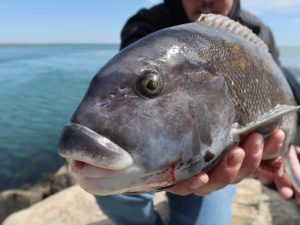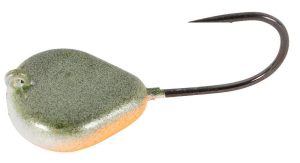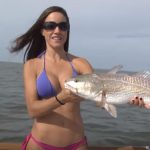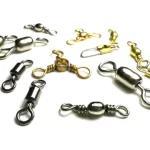As early signs of spring begin to dot the landscape, seasoned anglers know to look beyond the calendar and toward nature’s signals to mark the start of the fishing season. One such signal? The first dandelion in bloom. Along New England’s coast, this bright yellow flower has long served as an old-school marker that spring tautog—commonly known as blackfish—are back and ready for action.

While fall is typically associated with tautog fishing, the spring season can produce some of the largest and most aggressive fish of the year, particularly in Massachusetts, Rhode Island, Connecticut, and New York. Though stripers return earlier in states like New Jersey, spring tog kick off the saltwater fishing calendar in earnest further north.
Unlike striped bass, tautog don’t migrate far offshore during the winter. They stay relatively close, settling on offshore structure in 100 to 150 feet of water. This proximity allows them to return to nearshore spots earlier in the season, well within reach of kayak anglers, shore casters, and small-boat crews.
In the early weeks of the season, cold water temperatures make blackfish especially finicky. This is where bait choice becomes crucial. While hard-shell crabs are a go-to in the fall, soft baits like clams and seaworms can be far more effective in the spring. Fewer bait-stealing species like sea bass and scup are present in the colder months, giving soft baits time to work their magic.
Seaworms, in particular, have stood the test of time as a springtime tautog bait. Old-school anglers often passed down the lore that tog have “tender lips” in the early season, preferring softer baits over crabs. While that may be more folklore than fact, there’s solid reasoning behind it: tautog have slower metabolisms in cold water, and seaworms require less effort to consume than armored crabs.
For anglers heading out in early spring, a simple yet effective rig to pair with seaworms is the classic Belmar rig. Developed aboard headboats in Belmar, New Jersey, this rig is favored for its quick setup and effectiveness over rocky, snag-prone bottom structure.

Here’s a breakdown of how to tie a Belmar rig:
-
Start by snelled 3/0 or 4/0 Gamakatsu Octopus hooks to short leaders of 30- to 40-pound fluorocarbon, about 6 to 8 inches long.
-
At the opposite end of each leader, tie a perfection loop.
-
On the mainline (ideally braided with a fluorocarbon topshot), form a 12- to 14-inch surgeon’s loop and attach a bank sinker.
-
Connect the hook leader using a loop-to-loop method and secure it with a couple of overhand knots to prevent slippage.
Thread half of a seaworm onto the hook, cast over structure in about 30 to 40 feet of water, and be ready for a fight. Even a 17-inch blackfish can deliver a tug-of-war experience that rivals much larger freshwater species.
As April progresses into May, tautog gradually move shallower and into bays, often preparing to spawn. This is the time when observant anglers might notice female fish with swollen bellies or males releasing milt. Since blackfish are slow to grow and mature, releasing egg-laden females during the spring spawn can be a meaningful conservation practice.
Additionally, anglers often report better success with tautog jigs—like the S&S White Chin Wrecker—later in the spring when the water warms. Early on, however, single-hook rigs baited with seaworms are ideal for coaxing hits from lethargic fish.
Spring tautog fishing blends tradition and technique, making it a rewarding endeavor for anglers who read the water and signs of nature. As the season continues and striped bass activity ramps up, many anglers shift gears. But for those tuned into the rhythms of spring, a piece of seaworm and a well-tied rig might just land the first keeper of the season—while the dandelions bloom and the salt air hints at warmer days ahead.
Image/Source: OnTheWater





